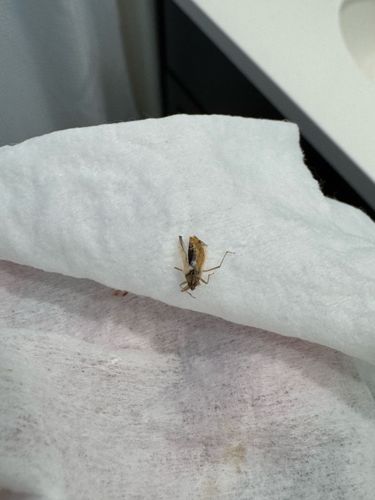Crane Fly
Scientific Name: Tipulidae (various genera and species within the family)
Order & Family: Order Diptera (True Flies), Family Tipulidae
Size: Wingspan can range from 1 to 10 cm (0.4 to 4 inches), with body lengths typically between 0.5 to 6 cm (0.2 to 2.4 inches).

Natural Habitat
Moist environments, including grassy areas, forests, wetlands, and areas near water bodies. Larvae live in soil or aquatic sediments.
Diet & Feeding
Adult crane flies typically do not feed or feed on nectar/plant fluids. Larvae (leatherjackets) feed on decaying organic matter, roots, or sometimes small invertebrates, depending on the species.
Behavior Patterns
Craneflies are often seen flying clumsily, particularly around lights at night. The adults are short-lived, primarily focused on mating and laying eggs. Larvae, known as leatherjackets, live in moist soil and feed on plant roots. Some species are aquatic as larvae.
Risks & Benefits
Generally harmless to humans. Adult crane flies do not bite or sting. Larvae can occasionally be considered pests in lawns, golf courses, or agricultural fields if present in large numbers, as their root feeding can damage turf or crops. However, many species contribute to decomposition and nutrient cycling, especially the larval stages.
Identified on: 8/9/2025